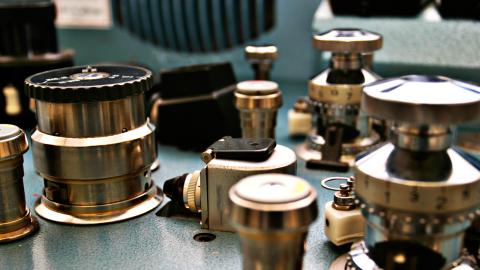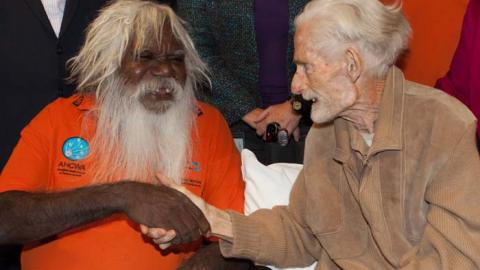

Sounds of life
One of the most enjoyable aspects of working with the British Library in 2013 was sharing the love of field recordings with Cheryl Tipp, Curator of Natural Sounds.
Within the realm of Sound Curators, this area of specialty is one that has a growing interest on the international stage and from one sound curator to the other – the chance to discuss our work within these areas was one not to be missed. Cheryl was kind enough to respond to my invitation to write more about her work at the British Library via the blog entry below. Enjoy!

I’m sometimes asked why we collect the sounds of nature. ‘Why not?’ would be my automatic response but it does go a lot deeper than that. Sound is fundamental to our understanding and appreciation of the natural world. It is evocative, informative and therapeutic, with the power to instantly connect us with a particular place or time. In an age where species and environments are threatened with extinction, it is our responsibility to archive the sounds of our planet for future generations to come.
There is nothing as poignant as listening to the sounds of a species driven to extinction by the actions of humans and sadly we have a few examples of this in the archive. Nothing can ever truly replace an extinct species.
Yet being able to hear the sounds of animals that once shared our planet can be the most potent and evocative way of reconnecting ourselves with these lost individuals and are crucial to preserving the memory of our biophonic past.
I’m the Curator of Natural Sounds at the British Library. Last year I had the pleasure of spending three weeks in the company of the NFSA’s Tessa Elieff, who came to the Library as part of an ongoing staff exchange program between our two institutions. The exchange was an invaluable opportunity to learn more about our respective collections – email and social media is all well and good but nothing beats the traditional face-to-face approach.
My area of expertise lies in the natural world and for the past nine years I have curated the Library’s extensive collection of wildlife and environmental sounds. Formed in 1969 as a resource for scientists and naturalists interested in the areas of animal communication and behaviour, the collection now boasts over 150,000 recordings from all over the world. Birds are by far the largest proportion of the archive, but we also have a range of mammal, amphibian, reptile, fish and insect vocalisations. The wider environment is also of interest and so we collect natural soundscapes too – the orchestra as well as the instrument.
Being responsible for one of the world’s leading collections of natural sounds is a rare privilege. For as long as I can remember I’ve been interested in wildlife, so being able to combine my personal interest with my profession is a dream come true. And the longer I’m here the more I discover. From the earliest record of a bird to recordings using the latest technologies, there is always something to learn and enjoy.
I’m also interested in the people behind these recordings. Traditionally they’ve remained just a name in a catalogue but I’m always intrigued to find out more. Whether it’s researching the life of pioneer wildlife sound recordists such as Ludwig Koch or Carl Weismann, or inviting contemporary recordists to write about their experiences for our blog, these stories give context to our recordings and are quite simply fascinating. Last year I launched an oral history of wildlife sound recording project and with five interviews now under our belt we’re getting ready to make these publicly available on British Library Sounds. And more will follow in the coming year.
Access and awareness are two areas that particularly interest me. I want everybody to know about our collection and experience it in some way, whether onsite, online, via external exhibitions or through publications, both written and audiovisual. The reuse of recordings, whether in research, education, art or broadcast, is one of the most exciting areas of my work. To see the evolution of a recording from archive to end result is always fascinating and full of surprises.
The staff exchange program gave me the opportunity to work alongside somebody with the same enthusiasm for field recording and the sounds of nature. It was the perfect occasion to chat about all manner of topics, from discussing archival challenges to sharing our favourite recordings, and became one of the most enriching experiences of my time at the Library.
Cheryl Tipp
Curator of Natural Sounds, British Library
Cheryl Tipp explains to Tessa Elieff what she does in her role as Curator of Natural Sounds:
The National Film and Sound Archive of Australia acknowledges Australia’s Aboriginal and Torres Strait Islander peoples as the Traditional Custodians of the land on which we work and live and gives respect to their Elders both past and present.


